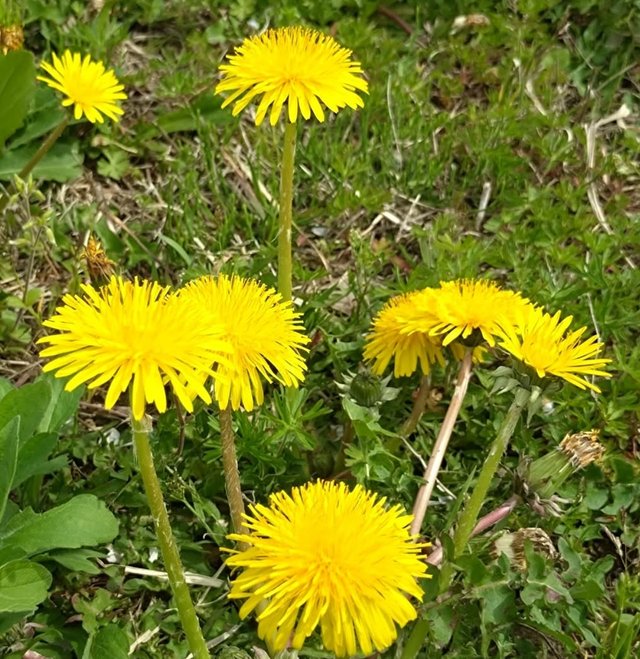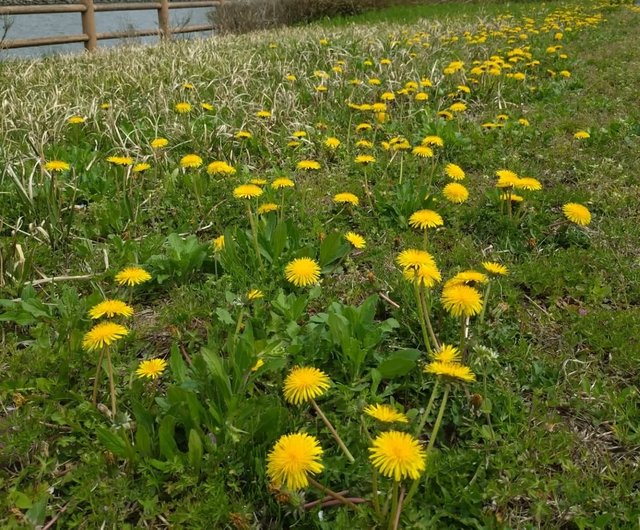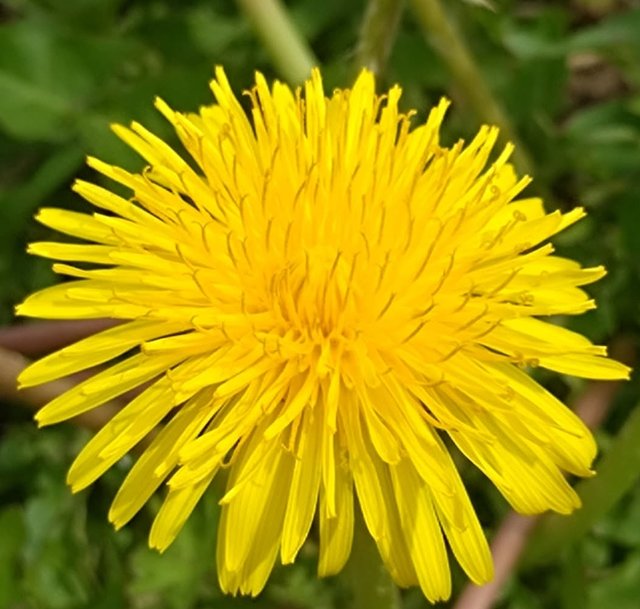Common Dandelion So Beautiful Flower
The Common Dandelion: Nature’s Underappreciated Powerhouse
The Common Dandelion is a plant that nearly everyone recognizes—those bright yellow flowers that seem to pop up overnight in lawns, fields, and cracks in the sidewalk. Often considered a pesky weed, the dandelion is actually a fascinating and incredibly useful plant with a rich history, surprising ecological value, and numerous benefits for both health and the environment.
Botanical Overview
Dandelions belong to the Asteraceae family, making them relatives of daisies, sunflowers, and chrysanthemums. Native to Europe and Asia, they have naturalized in nearly every corner of the world. The name “dandelion” comes from the French dent de lion, meaning "lion’s tooth," referring to the jagged edges of the leaves.
They grow low to the ground, with a basal rosette of deeply toothed leaves and a hollow stalk that supports a single flower head made up of hundreds of tiny florets. When the flower matures, it transforms into the familiar globe of white, wind-dispersed seeds—each equipped with a feathery parachute.
Ecological Role
Dandelions are among the first plants to bloom in spring, offering critical early-season nectar to bees and other pollinators when few other flowers are available. Their deep taproots break up compacted soil and bring nutrients closer to the surface, benefiting nearby plants. Far from being invasive freeloaders, dandelions perform essential services in the ecosystems they inhabit.
Nutritional and Medicinal Value
Nearly every part of the dandelion is edible and packed with nutrients:
Leaves are high in vitamins A, C, and K, as well as calcium, iron, and potassium. They can be eaten raw in salads or cooked like spinach.
Roots can be roasted and used as a coffee substitute, and have traditionally been used to support liver health.
Flowers are sometimes used in recipes for wine, jellies, and fritters.
In herbal medicine, dandelions are prized for their diuretic properties. They’ve been used to support digestion, cleanse the liver, and reduce inflammation. Scientific studies have begun to confirm some of these uses, finding that dandelion extracts may have antioxidant and anti-inflammatory properties.




%20(9).jpeg)